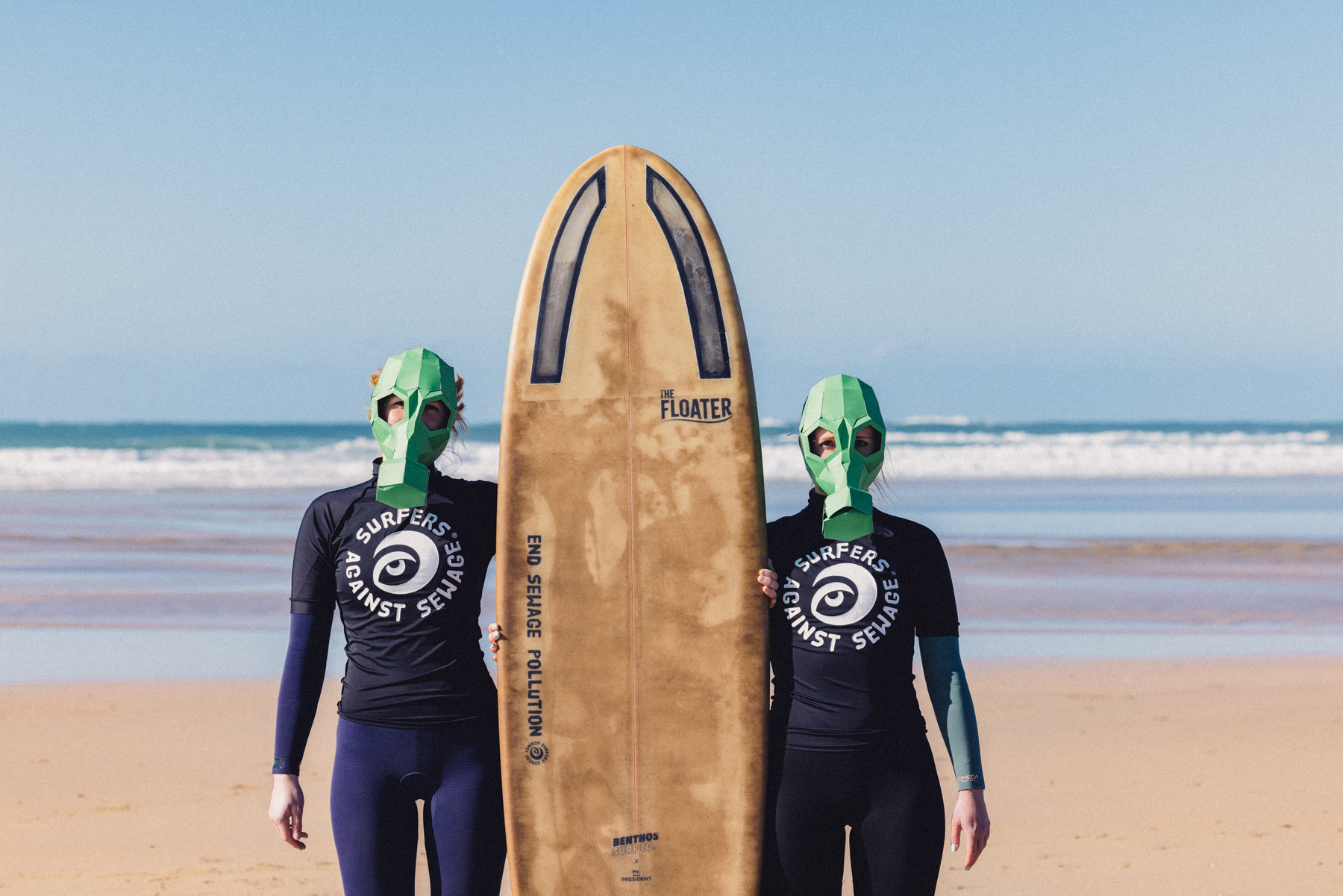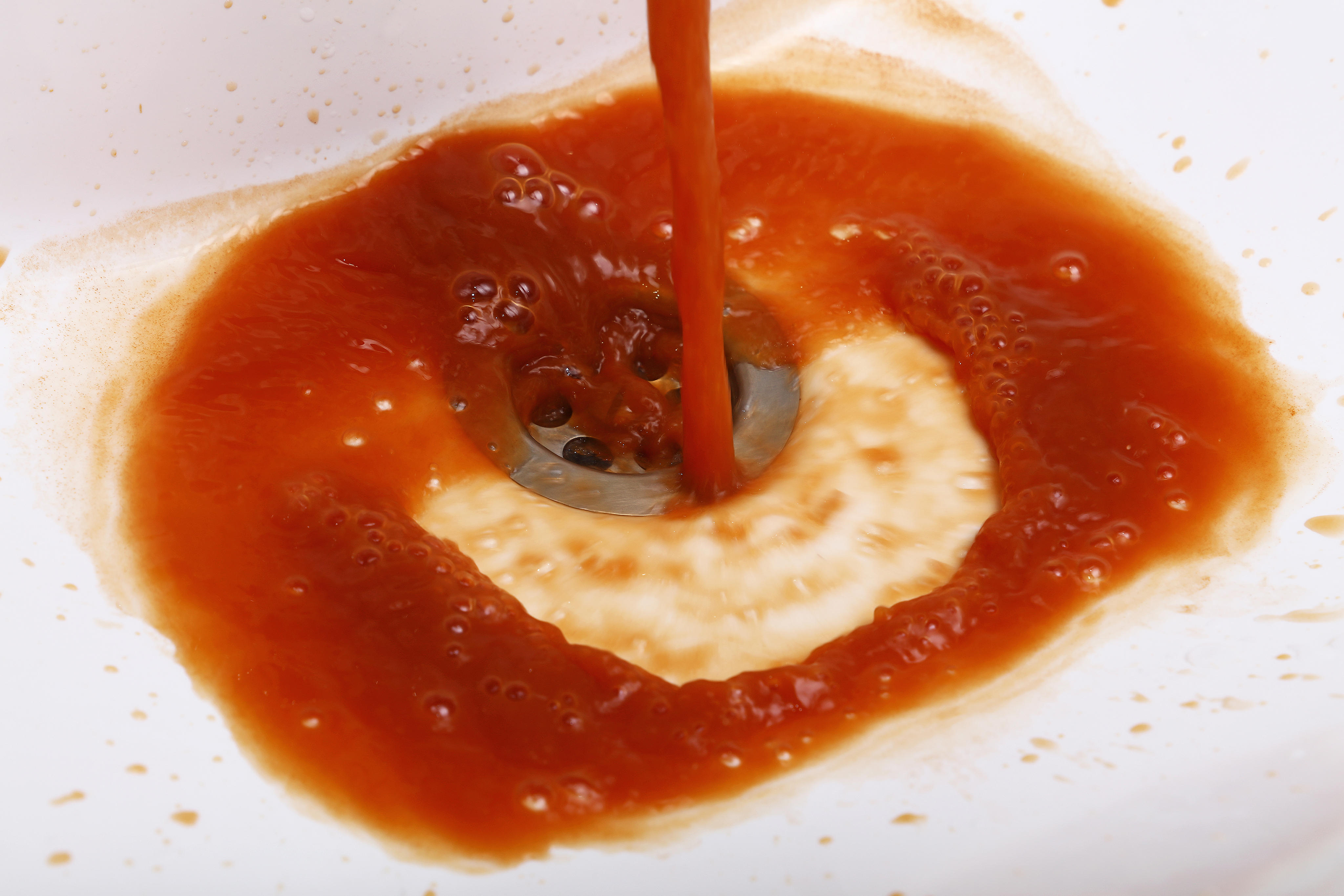Just tell us what killed the crabs
Following mass deaths of marine life at Teesside Freeport, Darlington and Westminster alike have been been less than forthcoming about what really happened. Are they covering up one disaster - or preparing for another?
In 2021, a so-called ‘mass crustacean mortality event’ hit the coastline of Teesside. Thousands of crabs and lobsters washed up dead on the beach, with experts suggesting it could take up to a decade for the ecosystem to stabilise. The impact has been devastating, not just on the environment, but also on local fishermen who have seen their catches decimated.
But what happened? As Jessica Taylor Price reports for our newly launched Teesside edition, the government is being less than forthcoming with the details - even three years on.
Despite some reports that point to dredging - itself a consequence of the government’s post-Brexit development plan for the area - DEFRA seems doggedly committed to blame a vague natural cause. Their official investigation into the ecological disaster uses some pretty convoluted linguistic gymnastics to conclude that “it was as likely as not that the cause was a novel disease or pathogen”, adding - “the independent panel reported in January 2023 that they were unable to identify a clear and convincing single cause for the unusual crustacean mortality.”
This elaborated shrug of a report becomes even more eyebrow-raising when you consider the wider context. Teesside is not the only coastal area that has seen either mass die-offs or significantly reduced sea life linked to dredging for new freeports. Last year, The Ecologist reported that there have also been mass marine life deaths all along the Yorkshire coast, hitting Bridlington, Whitby, and Saltburn, as well as Falmouth.
The freeport at Teesside forms a key part of the government's levelling up agenda - with the purpose of offering tax breaks to lure businesses to the area. The Tories have also promised that the development will lead to thousands of jobs. So the possible presence of a toxic chemical that is wiping out marine life and jeopardising the local fishing industry is a serious spanner in their political agenda. If poisons from the Tees were responsible for the deaths, they could well have been stirred up by the government’s dredging - as the BBC’s North East editor reported last year.
"There are real fears that what happened in Teesside is just the tip of a grubby, polluted iceberg."
But it’s not just about evading accountability for past disasters. It’s about keeping the government’s hands free to cause new ecological disasters still in pursuit of their political agenda - a pursuit likely to intensify even more in an election year. More dredging and ecological disruption is likely going to be necessary to finish the ambitious plans for Teesside's levelling up. There are plans for a wind turbine factory on the new quay. Preventing or delaying this work could threaten the first economic spoils of the freeport. Going ahead with it risks wiping out more marine life.
There are real fears that what happened in Teesside is just the tip of a grubby, polluted iceberg. As development expands, so too does the potential for it to wreak havoc on the environment and the human population.
“What is happening to Teesside is likely to happen to other places around the North Sea,” says John Bothwell, an associate professor at Durham University. “If we don’t figure out what’s happening and if we don’t figure out how to stop it from happening and how to actually restore those ecosystems, then we’re in real trouble.”
In the three years since the ‘mortality event’ in Teesside, the only conclusions being offered are an exhaustive list of what didn’t cause the crustacean deaths - and steadfast reluctance to say what actually did. It smacks of a cover-up. Or, at the very least, a shocking lack of transparency from government officials, in Westminster and in Darlington alike.
Read the full article from this week’s The Teesside Lead here.
The Teesside Lead is now on Substack.
Become a Member, and get our most groundbreaking content first. Become a Founder, and join the newsroom’s internal conversation - meet the writers, the editors and more.





